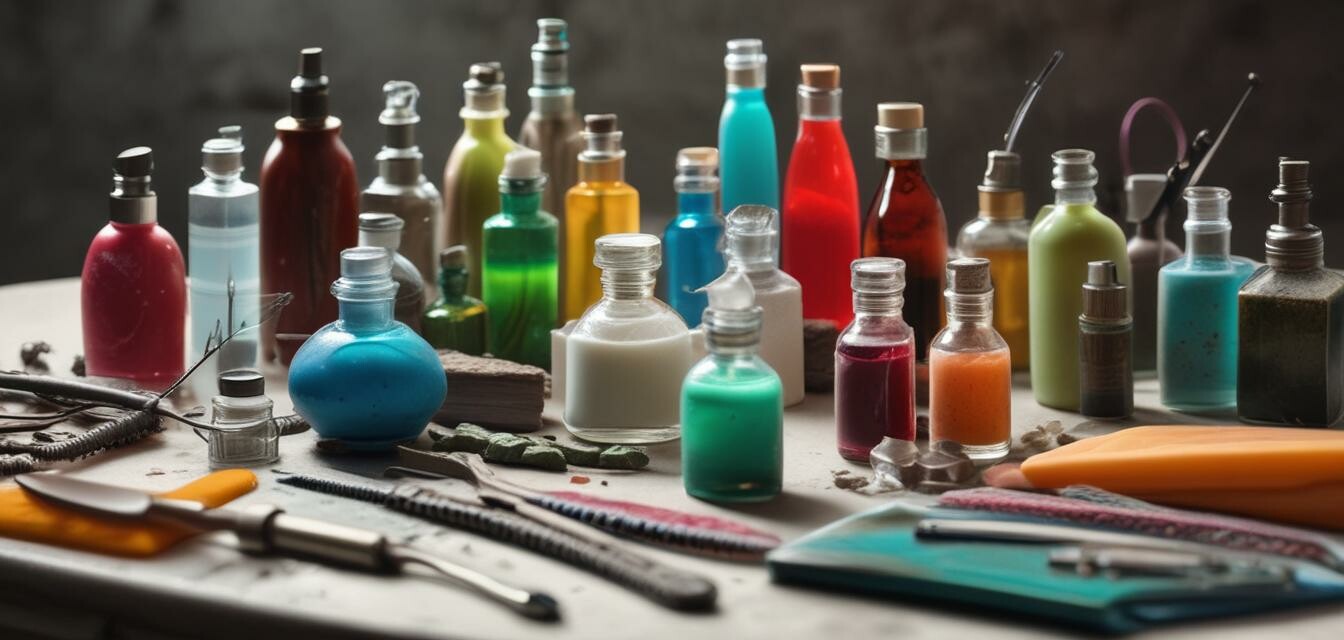
Understanding Mold Release Agents: Essential for Success
Key Takeaways
- Mold release agents ensure the easy removal of glass from molds.
- There are various types of mold release agents, including sprays, pastes, and powders.
- Choosing the right agent is crucial for the success of your projects.
- Proper application techniques can significantly improve the results.
In the world of glass art, achieving flawless results is paramount, and one essential component that cannot be overlooked is the use of mold release agents. These agents play a significant role in ensuring that your glass pieces come out of their molds without any hassle. In this article, we will delve into what mold release agents are, the various types available, and the best practices for using them effectively.
What Are Mold Release Agents?
Mold release agents are substances applied to the surfaces of molds to prevent sticking between the mold and the glass. They create a barrier that allows for smooth and easy removal, saving both time and material while protecting the integrity of the glass work.
Why Are Mold Release Agents Important?
Mold release agents are vital for several reasons:
- Prevents Damage: They protect molds from wear and tear, extending their lifespan.
- Saves Time: Effortless removal of glass pieces means you can spend more time creating.
- Improves Finish Quality: Reduces the chances of imperfections on your glass pieces.
Types of Mold Release Agents
Mold release agents come in several forms, each catering to different needs and projects. Below is a comparison table showcasing the various types and their characteristics:
| Type | Description | Best Use Case |
|---|---|---|
| Aerosol Spray | Quick drying and easy application, suitable for various molds. | General glass molding projects |
| Liquid Release Agent | Requires a brush or sponge for application, provides a controlled layer. | Intricate mold designs |
| Paste Release Agent | Thick consistency; ideal for preventing adhesion in larger molds. | Heavy-duty glass casting |
| Powdered Release Agent | Used with a dusting technique; effective for detailed molds. | Fine, detailed glass art pieces |
Best Practices for Using Mold Release Agents
To maximize the efficiency of mold release agents, consider the following best practices:
- Clean Your Molds: Always start with clean molds before applying any release agent.
- Even Application: Ensure the agent is spread evenly over the mold surfaces.
- Allow to Dry: Let the agent dry fully before pouring in your glass; this can prevent issues.
- Test Before Major Projects: Conduct small test runs with the release agent on sample molds to adjust for specific needs.
Choosing the Right Mold Release Agent
Selecting the appropriate mold release agent is crucial for your glass project success. Factors to consider include:
- The type of mold being used (e.g., intricate designs require specific agents).
- Your technique (fusing or slumping may need different agents).
- The desired finish of your glass piece (some agents can affect surface textures).
Conclusion
Mold release agents are an integral part of successful glass art creation. Knowing their types, and understanding their importance allows artists to elevate their projects and ensure consistency in their work. By adhering to best practices and choosing the right agent for your molds, you can achieve beautiful glass pieces that reflect your creativity.
Tips for Beginners
- Start with a spray mold release agent; it's easy to apply and beginner-friendly.
- Practice on less expensive molds before moving on to details.
- Remember to read product labels for specific instructions related to glass types.
Pros
- Prevents damage to molds and glass pieces.
- Enhances the quality and finish of the final product.
- Speeds up the glass making process.
Cons
- Some agents may require specific application techniques.
- Can be costly, especially for specialty agents.
- Improper use can lead to quality issues with the final glass piece.
For further reading on glass art techniques, explore our other blog categories such as glass kilns, glass sheets and supplies, and glass molds.

